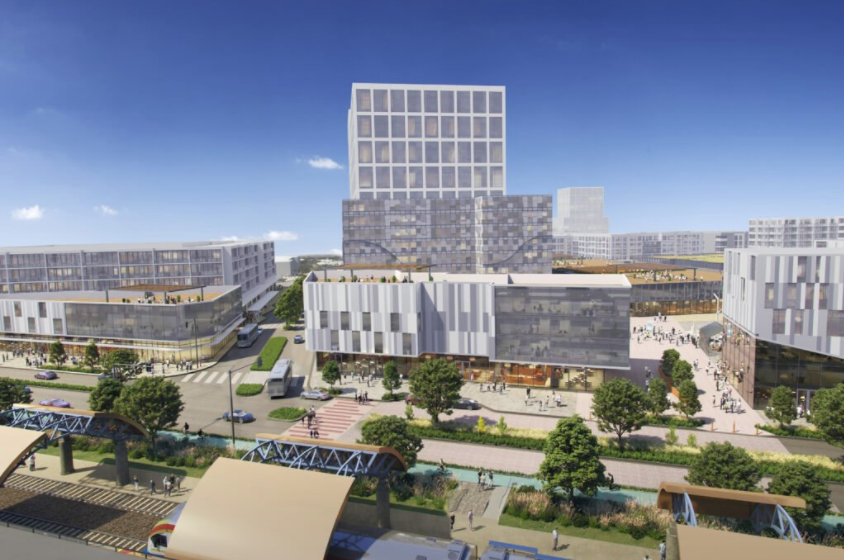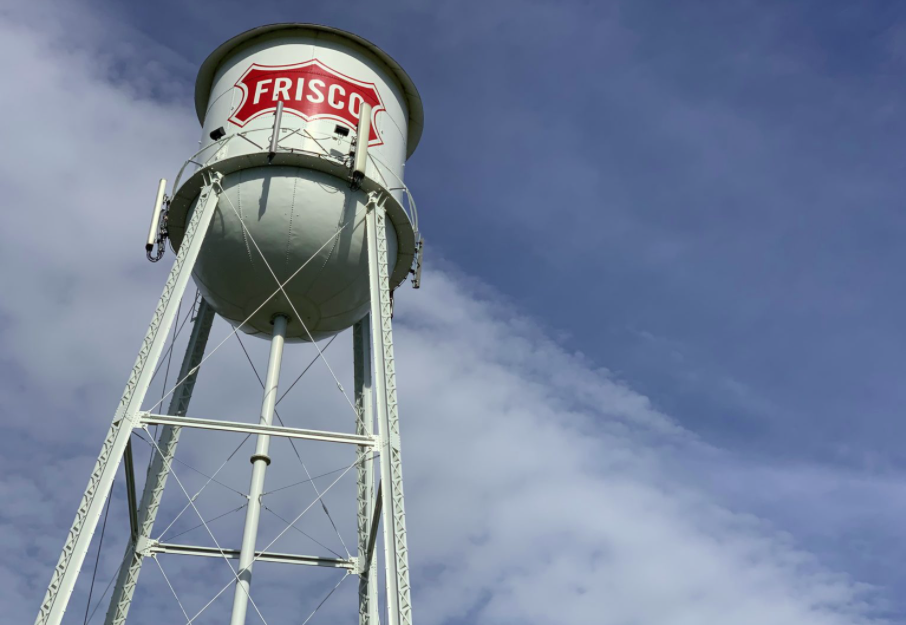As COVID-19 cases continue to fall in cities across the United States, the office sector is beginning a slow recovery. But not all recoveries are equal, with office markets with a greater percentage of remote-friendly jobs bouncing back more slowly, according to the VTS Office Demand Index.
And the opposite? Cities in which there is a smaller percentage of remote-friendly jobs are seeing their office markets rebound at a quicker pace.
The VTS Office Demand Index, or VODI, tracks tenant tours, both in-person and virtual, of office properties across the country. It is recognized as one of the earliest indicators of upcoming office leases.
VTS is a leasing, marketing and asset management platform for commercial real estate.
In Seattle, Boston and San Francisco, the share of jobs that are remote-friendly ranks among the highest in the country. It’s not surprising, then, that this latest VODI finds that the office markets in those cities have recovered the least, with their level of office-lease demand down 39, 43 and 46 percent from their 2018-2019 average, respectively.
Markets with a substantially lower share of remote-friendly jobs, Chicago, New York City and Los Angeles, are only down 14, 15 and 24 percent from their pre-pandemic levels, respectively.
“The pandemic didn’t just change the way we work, it changed the way we live. Many workers have found value in remote or hybrid work and may be reluctant to go back to the way life was pre-pandemic,” said VTS chief executive officer Nick Romito. “In cities with higher rates of fully remote jobs, hiring and retaining talent means employers will need to provide choices and flexibility, including fully remote and fully in-office.”
VTS found that after a strong burst in early 2021, demand for office space across the country slowed slightly in May. After rising 173 percent in the first four months of the year, demand for office space fell 8.5 percent in May from April. But demand in May is still five times higher than the pandemic low in May of 2020.
The May decline, likely fueled by a seasonal lull and an easing of pent-up demand, marks a reversion to office demand’s normal see-sawing behavior, VTS said.
“Demand for office space tends to follow seasonal patterns; it should not be concerning that most markets saw demand for office space taper in May,” said VTS chief strategy office Ryan Masiello. “Depending on the market, we anticipate that demand will continue to fluctuate this summer before rising again in August and September.”
In more good news for the office sector, as of May more than half of the markets covered were within 25 percent of their pre-pandemic benchmark level, a level that more closely resembles pre-COVID-19 normalcy. All markets, with the exception of Chicago and Los Angeles, saw demand for office space recede in May with Seattle losing the most ground, down 24 percent during the month.
The Chicago office market is especially promising now. VTS says that as of May, Chicago had a VODI of 86, which makes it the closest of all big-city markets to its pre-pandemic level of demand. Chicago is also the only major market to see an increase in demand for office space in May.









